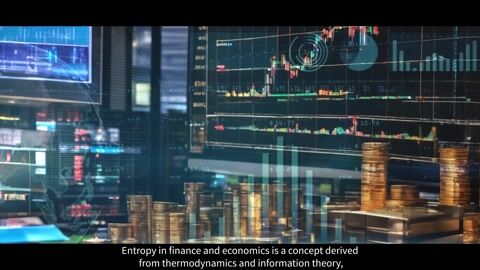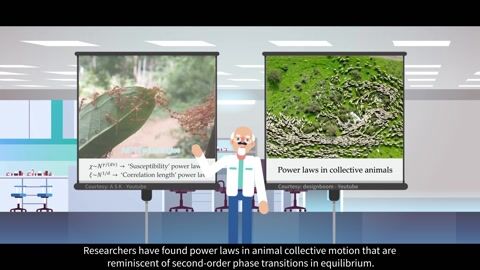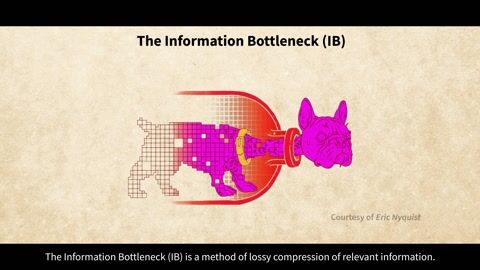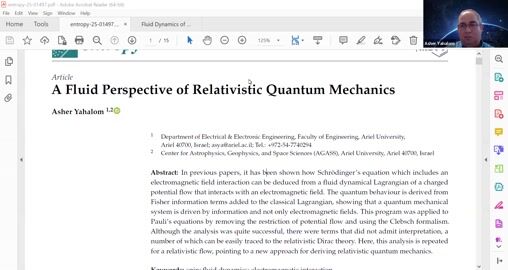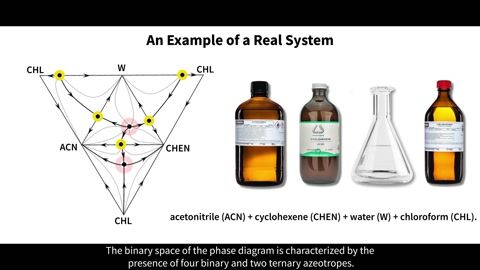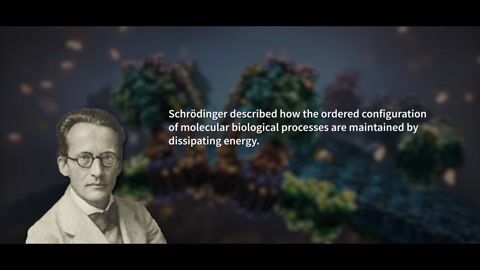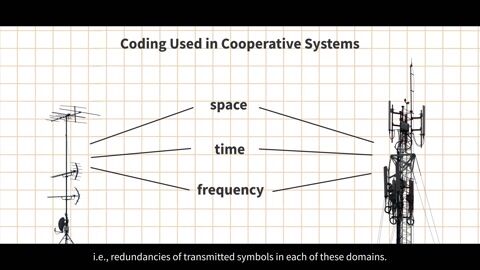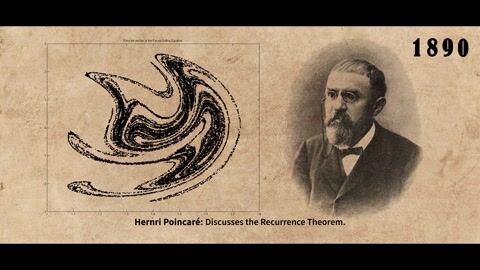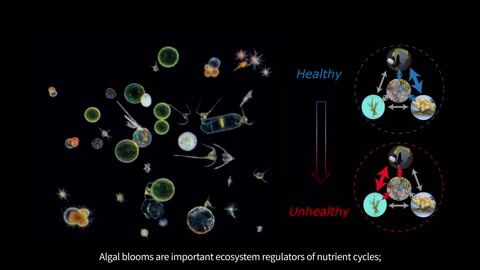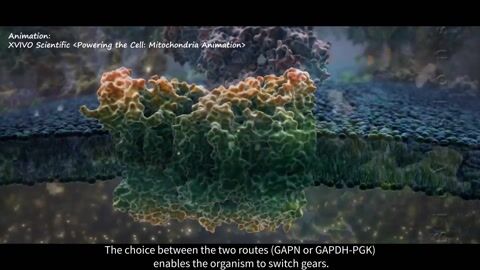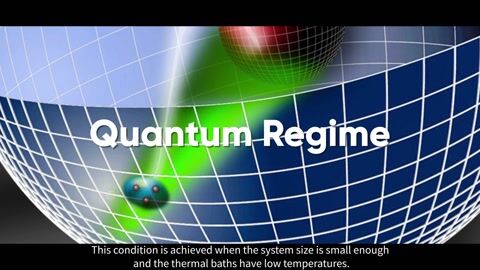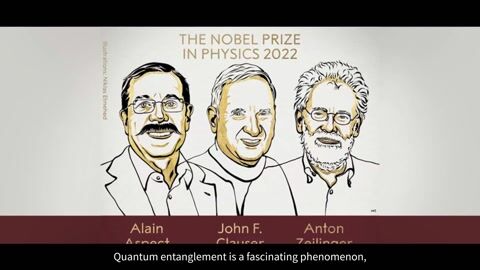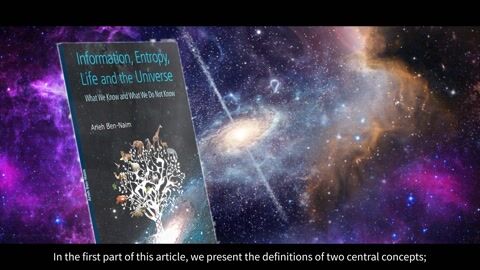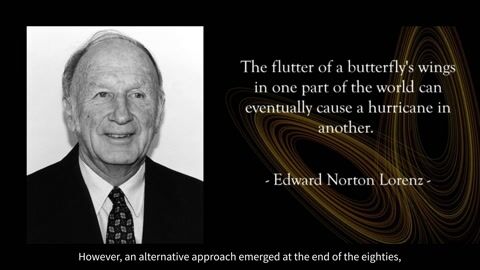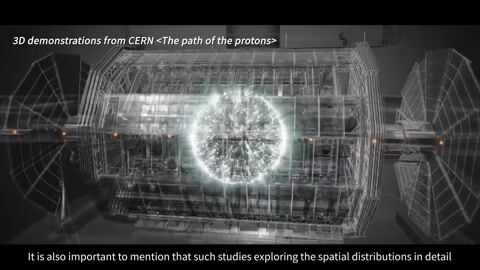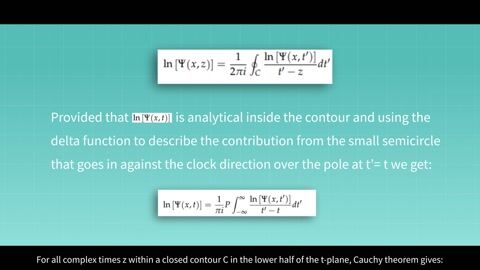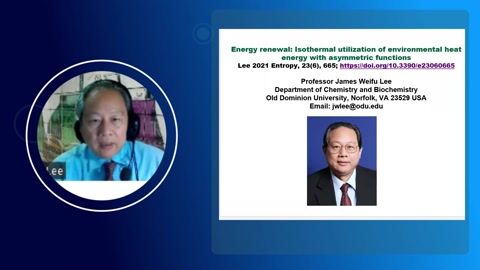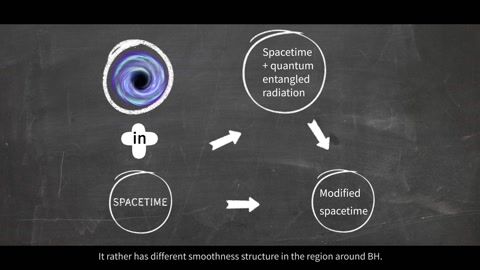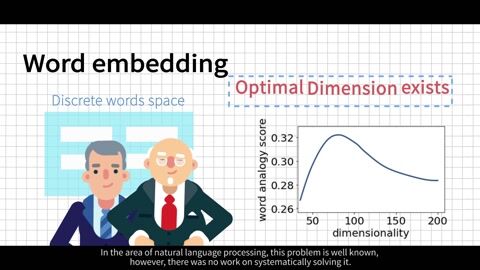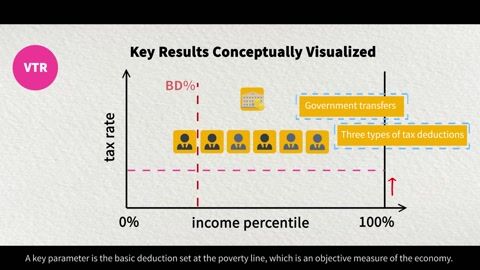- Subjects: Environmental Sciences
- |
- Contributors:
- Jainagesh A Sekhar ,
- Jainagesh A. A Sekhar
- tropospheric entropy generation rate
- global warming
- climate
- clouds
- complex system behavior
- intense weather
- MEPR
- describing atmospheric behavior
This video is adapted from 10.3390/e25121625
A method to comprehensively study the weather and climate is proposed. A postulate that relates global warming to high entropy generation rate demands in the troposphere (atmosphere) is offered and tested. This research introduces a new low-complexity model to calculate the entropy generation rate in the troposphere. The entropy generation rate per unit volume is noted to be proportional to the square of the Earth’s average surface temperature for a given positive rate of surface warming. The central postulate is that the troposphere responds with mechanisms to provide for the entropy generation rate that involves specific cloud morphologies and wind behavior. A diffuse-interface model is used to calculate the entropy generation rates of clouds.
Clouds with limited vertical development, like the high-altitude cirrus or mid-altitude stratus clouds, are close-to-equilibrium clouds that do not generate much entropy but contribute to warming. Clouds like the cumulonimbus permit rapid vertical cloud development and can rapidly generate new entropy. Several extreme weather events that the Earth is experiencing are related to entropy-generating clouds that discharge a high rate of rain, hail, or transfer energy in the form of lightning. The water discharge from a cloud can cool the surface below the cloud but also add to the demand for a higher entropy generation rate in the cloud and troposphere. The model proposed predicts the atmospheric conditions required for bifurcations to severe-weather clouds. The calculated vertical velocity of thunderclouds associated with high entropy generation rates matches the recorded observations. The scale of instabilities for an evolving diffuse interface is related to the entropy generation rate per unit volume. Significant similarities exist between the morphologies and the entropy generation rate correlations in vertical cloud evolution and directionally solidified grainy microstructures. Such similarities are also explored to explore a generalized framework of pattern evolution and establish the relationships with the corresponding entropy generation rate.
A complex system like the troposphere can invoke multiple phenomena that dominate at different spatial scales to meet the demand for an entropy generation rate. A few such possibilities are discussed for rapid and slow changes in weather patterns over the oceans and land masses.
Reducing fossil fuel combustion, particularly in the industrial heating and power generation sectors, is advocated as a way to stabilize the atmosphere.






